The Patient's Guide to Insurance, Part 2: Jargon, Schmargon
So you've read the first part of our guide to insurance. Excellent.
The second part of our series is a little bit drier: here, we will try to help you understand the jargon that most people have trouble with when it comes to their coverage and information, and what that means for us.
When most people hear that we are out of network, their brains turn off. It sucks, especially for you (the prospective new patient), because you think it means you have to pay an absurd amount of money to get services.
Before you freak out, hear us out first - let's try to decode some of these terms and put them all together with an example, starting below:
Deductible (DED): This is a threshold that must be met before your insurance provider will reimburse you at a percentage rate of the cost of services.
Coinsurance (COINS): This is the remaining percentage of the cost of services that you (the patient) are responsible for paying, once your insurance company covers their percentage.
Out of Pocket Maximum (OOP): This is a threshold that is larger than your deductible, but it is SUPER SIGNIFICANT. Once this value is met, you are eligible to be covered at 100% at the cost of services, or at a rate that is deemed 'customary and reasonable' by your insurance provider which may be less than 100%.
Pre-certification or Pre-authoriziation (Precert or Preauth): Some providers require that pre-certification be obtained in order for money to count towards your out of network benefits (ex: your deductible and out of pocket maximum).
Visit Limit (V): Some insurance providers limit how many times you can be seen per year.
Referrals (Ref): You may require a referral from a medical doctor, who may be your primary care physician, your orthopedist or surgeon.
So now that we've gotten some jargon defined, here's an example of how someone's out of network benefits might work:
Example 1:
Jane's out of network benefits are as follows:
Ded: $1000, with $0 met
OOP: $5000, with $0 met
Coins: 80%/20%
Preauth: Required
Visits: 25 per year
Referral: Not required
Let's break this down:
Based on this example, Jane needs to pay $1000 before her deductible is met. Say we charge $100 for one PT session; it will take 10 sessions for Jane to meet her deductible. For every session afterwards, she is responsible for $20 (or 20%) of her costs (her coinsurance). Since her out of pocket has not been met, she will have to pay $20 for each session.
Example 2:
Bob's Insurance is as follows:
Ded: $1000, with $1000 met
OOP: $5000, with $4900 met
Coins: 80%/20%
Preauth: Required
Visits: 25 per year
Referral: Not required
For this example, Bob and Jane have the same benefits, but Bob has met his deductible and is close to meeting his out of pocket max. Therefore, he is responsible for $20 for one visit, because his deductible is met, and after that one visit, his out of pocket max will also be met. Because of that, he will be covered at 100% (or whatever the insurance company deems customary and reasonable).
These are annoying things. We get it. Insurance is a pain in the butt to deal with. So how does this tie in to us at Match Fit Performance and your physical therapy care? Stay tuned for part 3.
Did we answer all of your questions? Do you have more questions? Did we explain that terribly? Let us know.
Check us out:
Instagram: @matchfitperformance | twitter: @matchfitpx
Reach out to us and book an appointment at the button below:

